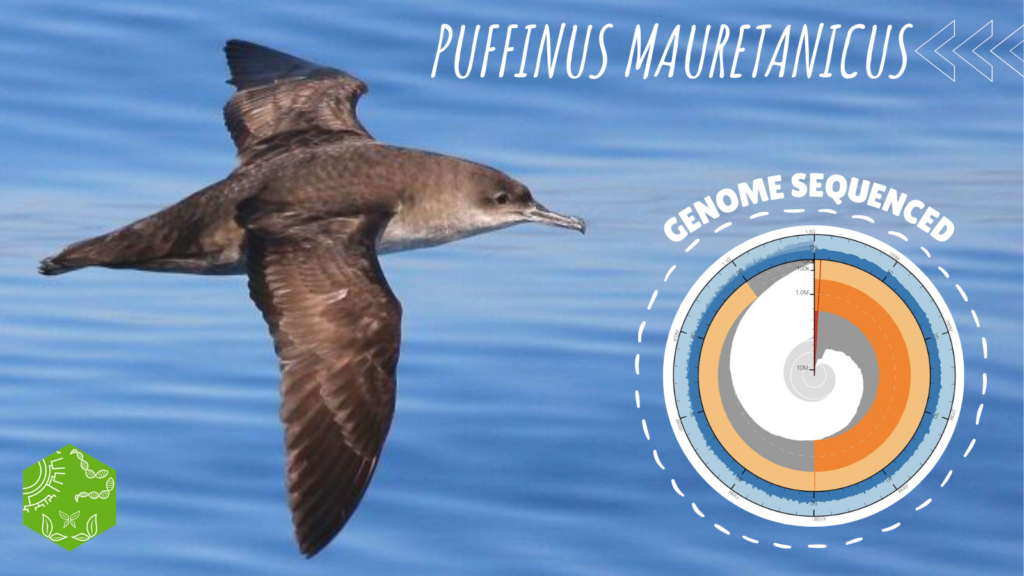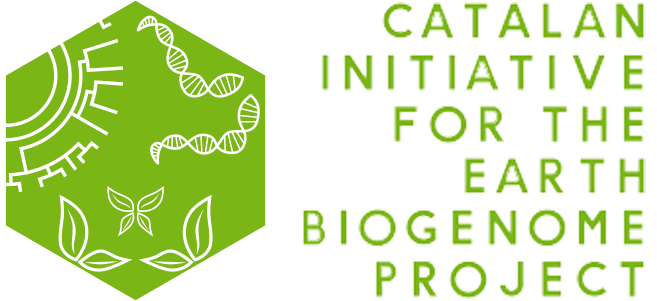The great advances of recent years in the fields of genome sequencing and data analysis have let to increasingly set ourselves more ambitious goals to understand the biodiversity that surrounds us. Using these powerful tools, the Earth BioGenome Project (EBP) was born with the aim of sequencing, cataloging and characterizing the genomes of all the eukaryotic species on Earth. To contribute to this ambitious project, the Catalan Initiative for the Earth BioGenome Project (CBP) was created, the first EBP node in southern Europe, and also associated with the European Reference Genome Atlas (ERGA). Since its inception, the CBP has put enormous effort into bringing together and financing projects that have in common the goal of sequencing the genome of different eukaryotic species from the Catalan territories. In just over 2 years, it has gone from being an ambitious idea to becoming a reality, giving shape to a project that has the support of more than 20 collaborating centers and institutions, and an extensive network of research groups and expert researchers.
Of the nearly 40 species that are currently being sequenced under the CBP umbrella, the first complete genome of one of these species, the Balearic shearwater (Puffinus mauretanicus), has recently come to light. It is an endemic bird of the Balearic Islands and currently the most threatened bird species in all of Europe due to the low rate of reproduction, accidental capture in fishing and the presence of predators, among others.

The study, led by Julio Rozas and Marta Riutort, has not only generated a high-quality reference genome of this Balearic endemic species, which is now openly available, but has also allowed the reconstruction of the historical demography of this species and even the study of the evolution of the Procellariiformes, the family to which it belongs. Thus, by comparing the genome of different species of this family, they have resolved the phylogenetic relationships of the Procellariiformes, while they have also identified possible genes involved in their adaptation to pelagic habitats, that is, to areas of surface water. These results are the basis for future population-level conservation studies, which are so necessary to preserve the Balearic Shearwater.
These first results have been received with great enthusiasm and mark the beginning of a new milestone in the CBP project, focused on the use of sequenced genomes in fields as diverse as the preservation and conservation of species, medicine and pharmacy, energy sector or industry.
The study, led by Julio Rozas and Marta Riutort, has not only generated a high-quality reference genome of this Balearic endemic species, which is now openly available, but has also allowed the reconstruction of the historical demography of this species and even the study of the evolution of the Procellariiformes, the family to which it belongs. Thus, by comparing the genome of different species of this family, they have resolved the phylogenetic relationships of the Procellariiformes, while they have also identified possible genes involved in their adaptation to pelagic habitats, that is, to areas of surface water. These results are the basis for future population-level conservation studies, which are so necessary to preserve the Balearic Shearwater.
These first results have been received with great enthusiasm and mark the beginning of a new milestone in the CBP project, focused on the use of sequenced genomes in fields as diverse as the preservation and conservation of species, medicine and pharmacy, energy sector or industry.
